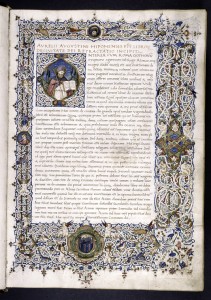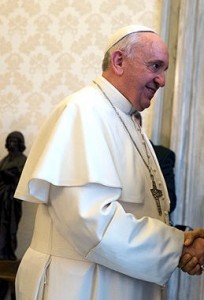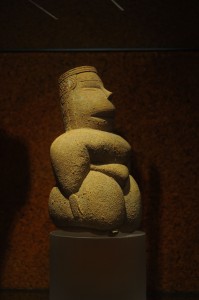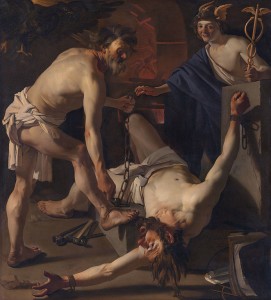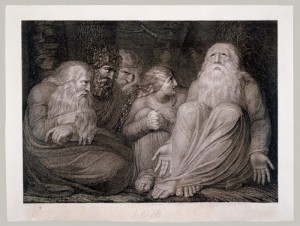– Dr. Jaime G. Corvalan, MD, FACS
Generations of children have sat in church listening to this story [the Biblical Story of the Expulsion of Man from the Garden of Eden]. Generations have been imprinted with the idea that a woman succumbed to the temptation of the serpent and brought sin and suffering into the world and that her suffering and even her death giving birth to her children was the punishment for that original sin. They also learned that this primal woman tempted Adam to eat the apple from the Tree of Knowledge and thus was to blame for his fall and his being forced to toil for his living. How would this myth have influenced their view of their mothers? How did it affect the attitude of boys to girls and girls’ view of themselves? Would it not have set up a great conflict in their nature, making them mistrust and feel guilty about their instincts, believing that this punishing God demanded the repression of sexuality?”
– Anne Baring, The Myth of the Fall and the Doctrine of Original Sin
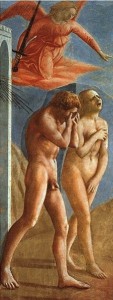
Having been raised in the Catholic faith, the consequences of the mythologies of Man’s Great Fall and the stain of Original Sin are personally difficult for me to reconcile. Some of the greatest tragedies of human history may be traced to this mythological notion of the Fall of Man (as a result of being expelled from the Garden of Eden) and its concomitant idea of Original Sin, tainting humanity for all time.
A direct repercussion of this Old Testament concept was and is the separation of Matter and Spirit, Man and God, Nature and the Divine. As the great mythologist Joseph Campbell notes, “The Christian separation of matter and spirit . . . has really castrated nature.” Further, this expulsion from the Divine is laid squarely at the feet of the feminine – Eve, who falls prey to the temptation of the serpent, herself tempts Adam to disobey God, leading to the expulsion from the Garden of Eden, leaving a stain upon the whole human race.
This notion of the feminine being the source of the downfall of humanity, the origin of sin, suffering and death, has created a bitter legacy in which nature and the feminine have been denigrated, repressed and imbued with guilt and suffering.
Had the story of the Fall of Man remained exactly that – a story, a myth that carried it with it archetypes and models by which one might perceive the world – it may have been regarded as something of a benign curiosity. Unfortunately, elements of the story have been taken literally over the millenia, leading to terrific violence and suffering.
This initial great Old Testament myth led to the idea that the only way to redemption and return to the Divine was through strict adherence to the doctrines of the Church, and that for non-Christians, no salvation was possible. Needless to say, the resulting witch hunts, crusades, repression and violence have been an awful legacy for a theology that, at its core, contains so much that is beautiful.
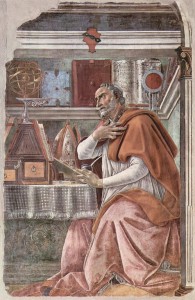
A concomitant notion that arose from this origin myth is the idea of Original Sin, the idea that human nature is corrupted by the actions of Adam and Eve, with this sin transmitted to all of humanity by “concupiscence,” or sexual desire and copulation, resulting in “humanity becoming a massa damnata (mass of perdition, condemned crowd), with much enfeebled, though not destroyed, freedom of will.”
This peculiar notion originated with Augustine of Hippo (St. Augustine), who’s obsession, in my view, with sin, guilt and fear of sexuality drove this radical view. With it came the complete separation of the divine from the natural world and a lasting psychological wound to the Christian heart and soul. With Augustine’s pronouncements, the Church shifted from the teachings of Jesus to the consolidation of its growing power.
The mythologies of the Fall from Grace and Original Sin have so distorted our relationship with the feminine and the natural world as to have created a lasting legacy of suffering, guilt and destruction, all in the name of attaining salvation through the one and only path decreed by the Church.
Sexual guilt, repression and misogyny are only some of the many hallmarks of a twisted and literal take on what is properly the mythological. There is so much that is beautiful, compassionate and loving in the teachings of Christ, yet with the emergence of the Church as a powerful institution, power, control and domination have been unfortunate aspects of its legacy as well.
